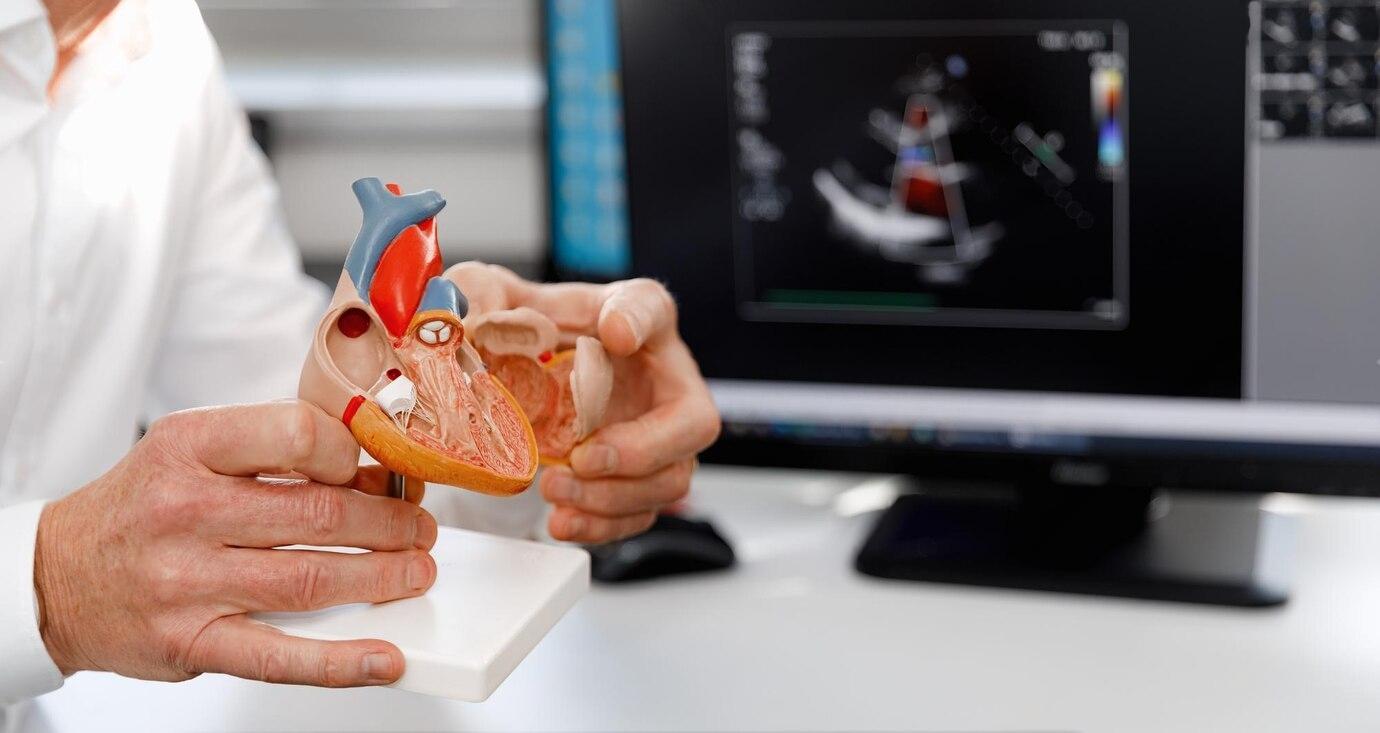Cardiovascular diagnostics have entered a new era with the continuous evolution of intravascular imaging technologies. The ability to visualize the interior of blood vessels with remarkable detail has become crucial for accurate diagnosis and precise treatment planning. This article delves into the advancements in intravascular imaging that are enhancing our understanding of cardiovascular conditions.

Cardiovascular diagnostics have entered a new era with the continuous evolution of intravascular imaging technologies. The ability to visualize the interior of blood vessels with remarkable detail has become crucial for accurate diagnosis and precise treatment planning. This article delves into the advancements in intravascular imaging that are enhancing our understanding of cardiovascular conditions.

Optical Coherence Tomography (OCT) has emerged as a powerful intravascular imaging technique, providing high-resolution, cross-sectional images of blood vessel walls. Recent advancements in OCT technology have improved image quality, enabling clinicians to visualize microstructures within the vessel walls with unprecedented clarity. This technical enhancement contributes to more accurate assessments of plaque composition, stent apposition, and vascular architecture.
Intravascular Ultrasound (IVUS) has seen continuous advancements, particularly in enhancing image resolution and real-time capabilities. Modern IVUS technology allows for detailed visualization of vessel dimensions, plaque morphology, and stent deployment. The technical improvements in IVUS have expanded its applications, making it an invaluable tool for guiding interventional procedures and assessing the outcomes of cardiovascular interventions.
Near-Infrared Spectroscopy (NIRS) is an intravascular imaging technique that provides insights into the lipid content of plaques within blood vessels. Recent technical innovations in NIRS have improved its ability to detect lipid-rich plaques, which are associated with a higher risk of rupture and thrombosis. This advancement allows for targeted interventions in high-risk lesions, reducing the likelihood of adverse cardiovascular events.
Fractional Flow Reserve (FFR) Computed Tomography (CT):The integration of intravascular imaging with computational techniques, such as FFR-CT, represents a significant advancement in non-invasive cardiovascular diagnostics. FFR-CT combines anatomical information from CT angiography with physiological data, offering a comprehensive assessment of coronary artery disease. This technical synergy enhances the accuracy of diagnosing ischemic lesions and aids in treatment decision-making.

Intravascular imaging has become indispensable in structural heart interventions. Technologies like intravascular echocardiography (ICE) and OCT guide transcatheter procedures, such as aortic valve replacement and left atrial appendage closure. The technical precision provided by intravascular imaging ensures optimal device positioning and reduces complications associated with these advanced interventions.
The progress in intravascular imaging extends beyond hardware improvements to include sophisticated image processing and analysis techniques. Advanced algorithms and artificial intelligence assist clinicians in interpreting complex imaging data. These technical innovations facilitate quicker and more accurate decision-making, ultimately improving patient outcomes.
While intravascular imaging technologies have made significant strides, challenges such as standardization, cost, and the learning curve associated with interpretation remain. The future direction involves addressing these challenges and continuing to refine intravascular imaging techniques to make them more accessible, cost-effective, and seamlessly integrated into routine clinical practice.
Conclusion:In conclusion, the continuous advancements in intravascular imaging technologies are transforming cardiovascular diagnostics. From improved resolution in OCT and IVUS to the lipid detection capabilities of NIRS and the computational insights provided by FFR-CT, these technical innovations collectively contribute to more accurate diagnoses and targeted interventions in cardiovascular medicine. As intravascular imaging continues to evolve, it holds the promise of further improving our ability to understand, diagnose, and treat cardiovascular conditions with unprecedented precision.
